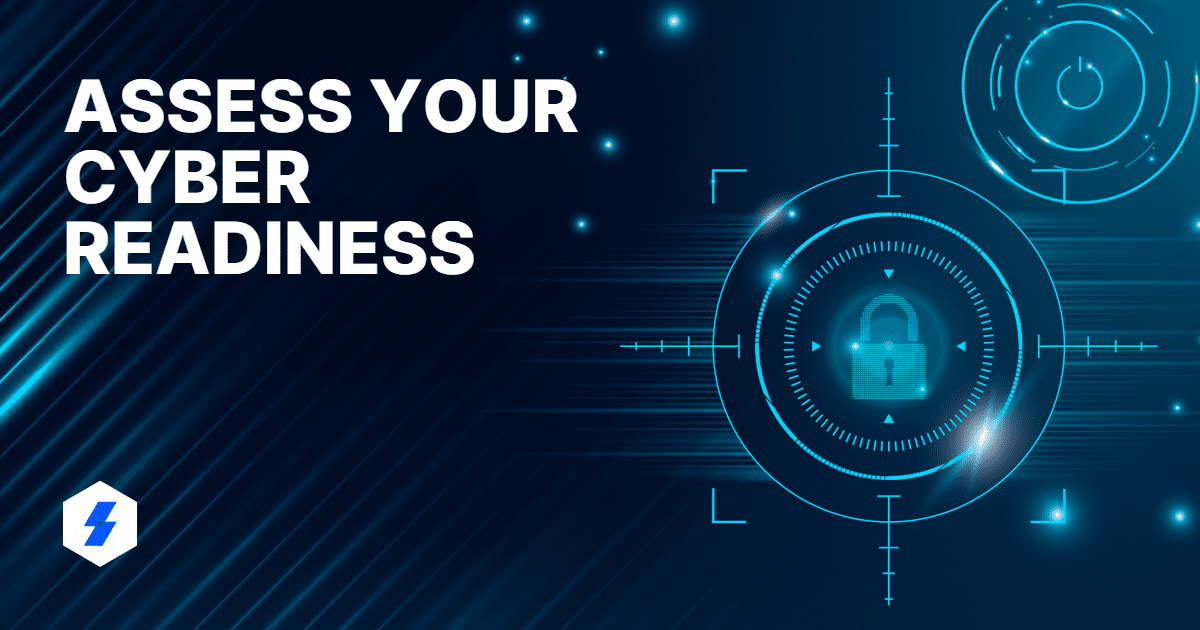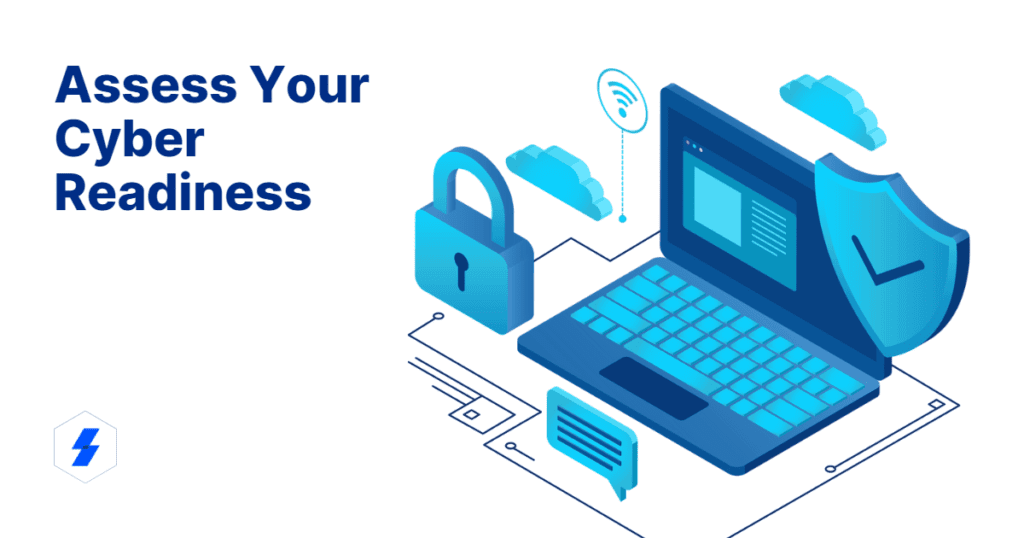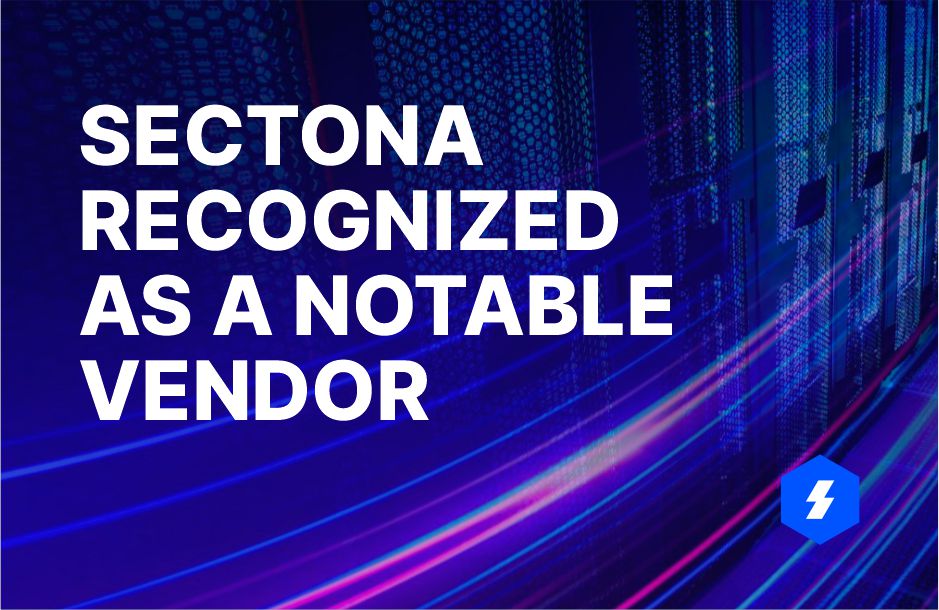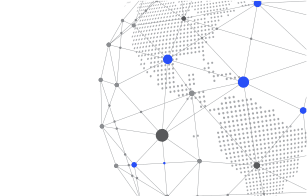Are You Prepared for a Data Breach? Ask these Five Questions

Cybersecurity has become a crucial element of every business, even though we may not think about it every day. Whether it’s your own data or sensitive information relating to your customers, keeping critical information safe is vital for SMBs and larger organisations alike. This data is uber-valuable as there’s always a cyber attacker out there developing new techniques to orchestrate a data breach every chance they get.
According to Statista, during the third quarter of 2022, data breaches exposed approximately 15 million data records worldwide.
What is the Impact of a Data Breach?
Breaches can incur considerable costs to a business, resulting in potentially devastating long-term consequences. We must understand these consequences in order to drive home the importance of data breach preparedness.
Here are five of the most significant ways a breach could cost your business:
- Loss of Revenue
Colossal revenue loss as a result of a breach is common. Every year, many businesses lose millions in revenue to ransom payments, stolen funds, and “settlements.” Did you know? The average cost of a data breach was $4.24 million in 2021, the highest average on record (IBM). Unfortunately, breach costs are rising.
- Damage to Brand Reputation
A security breach can have consequences much worse than just a short-term revenue loss. The long-term reputation of a brand is at stake as well.
More often than not, breaches involve customer payment card information – this can directly show an impact on customers. The cybersecurity measures of an organisation that suffered a data breach are questioned and criticised for a long time, with consumers, investors, and shareholders casting them aside.
Any potential lead will be hesitant to trust an organisation with a history of shoddy security.
- Loss of Intellectual Property (IP)
Damaged reputation and loss of revenue can be catastrophic, yes. However, in many cases, hackers also target blueprints, strategies, and designs.
Businesses within the construction and manufacturing realm are more prone to this threat.
Intellectual property loss can impact a business’s competitiveness, and rivals would not hesitate to take advantage of the stolen data.
- Hidden Costs Associated with a Data Breach
Surface-level costs are just the start. There are many hidden costs associated with security breaches. Legal fees, for instance, may come into play. A breached organisation may also need to spend on PR and investigations, among other things.
Regulatory fines are another significant spending that many businesses often overlook. In the summer of 2021, financial records of retail giant Amazon revealed that officials in Luxembourg issued a fine of €746 million ($887 million) for breaches of the General Data Protection Regulation (GDPR) (CNBC).
- Online Vandalism
Some hackers are just pranksters. In some cases, a data breach might only entail a few word changes on the breached organisation’s website.
While this seems relatively harmless, it will not bode well for any business. Subtle changes are harder to notice.
For instance, a hacker might change a few numbers or letters on your contact page. Worse – they may add unrefined content to some of your web pages.
The thing is – when it comes to a data breach, there are no advance warnings per se. However, you can always equip yourself to respond quickly to potential threats. And how do you go about it? With a little organisation-wide introspection

Following are 5 questions to ask when you are about to embark upon your ‘data breach preparedness’ journey:
1. What are the top cyber risks my company faces?
An organisation’s risk varies considerably depending on its unique operating environment. There are many things to consider and evaluate.
Everybody knows there is some sort of risk involved when it comes to an organisation’s critical and sensitive data, information assets, and facilities. But how do you quantify this cybersecurity risk to be able to prepare for it?
Performing cybersecurity risk assessments should be an integral component of your company’s infosec management program. Its purpose is to determine what security risks your organization’s critical assets face and then understand how effort should be directed toward protecting them.
2. What’s the management’s involvement in the cybersecurity picture?
Cybersecurity is not just the IT department’s concern. C-suite executives, other than a CISO and other managers, must also be involved with it. Simply informing executive management of your comprehensive security measures once/twice a year is just not enough.
The insights and involvement of C-suite executives throughout designing a security strategy to educating employees on cybersecurity can help a long way.
3. Are my employees trained to have a cybersecurity mindset?
Most data breaches are caused by people. According to the 2022 Verizon Data Breach Investigations Report, 82% of breaches involved the human element.
A breach could be unintentional, like an employee leaving their laptop unattended, or it could be malicious in origin, like a disgruntled employee stealing data.
Regardless of the intent, you should spend time educating your employees on the various cybersecurity risks so that they don’t fall victim to an attack. You should also communicate the importance of security policies and why they are there in the first place.
In addition to training your employees, it is advisable to adopt a zero-trust security strategy. Measures like remote device security, cloud access security and Multi-Factor Authentication (MFA) have the potential to reduce insider threats and human error to a great extent.
4. How often do I test our cybersecurity incident response plans?
Your incident response plan must include all possible attack scenarios. It should consist of the typical cyberattacks as well as a range of possible responses to each one of them. Think about these:
- How will you inform your customers and the public in the event of a breach?
- How will you limit the damage in case of a cyberattack?
- When do you call law enforcement?
- Who will be responsible for what response?
- What are the roles that need to be assigned?
As new threats can spring up at any time, you should keep testing and updating your incident response plans.
5. When it comes to data breach preparedness, how do I rank compared to other organization’s?
Whether in real life or online, criminals always look for the easiest targets. If your competitors are more secure, there is a good chance you may have a target painted on your back.
On the other hand, if you implement a more robust set of cybersecurity measures in place, your company will become a less appealing target.
Simple as that!
Bottom Line
Is your company cybersecurity ready? Ask yourself these questions and find out where you stand.
Secure What Matters with Sectona.
Sectona provides an integrated Privileged Access Management solution to help you secure your privileged assets, applications, servers and the cloud.
With Sectona’s password management capability, you can store all your critical access credentials and SSH keys in an encrypted manner in a vault. During break-glass situations, you can keep all your critical passwords safe and restore them later. The tool can also help you have comprehensive visibility of your privileged account activity.
Know more about Sectona PAM.
Are you planning to start your PAM journey? Our guide on Privileged Access Management can help you make informed decisions.



